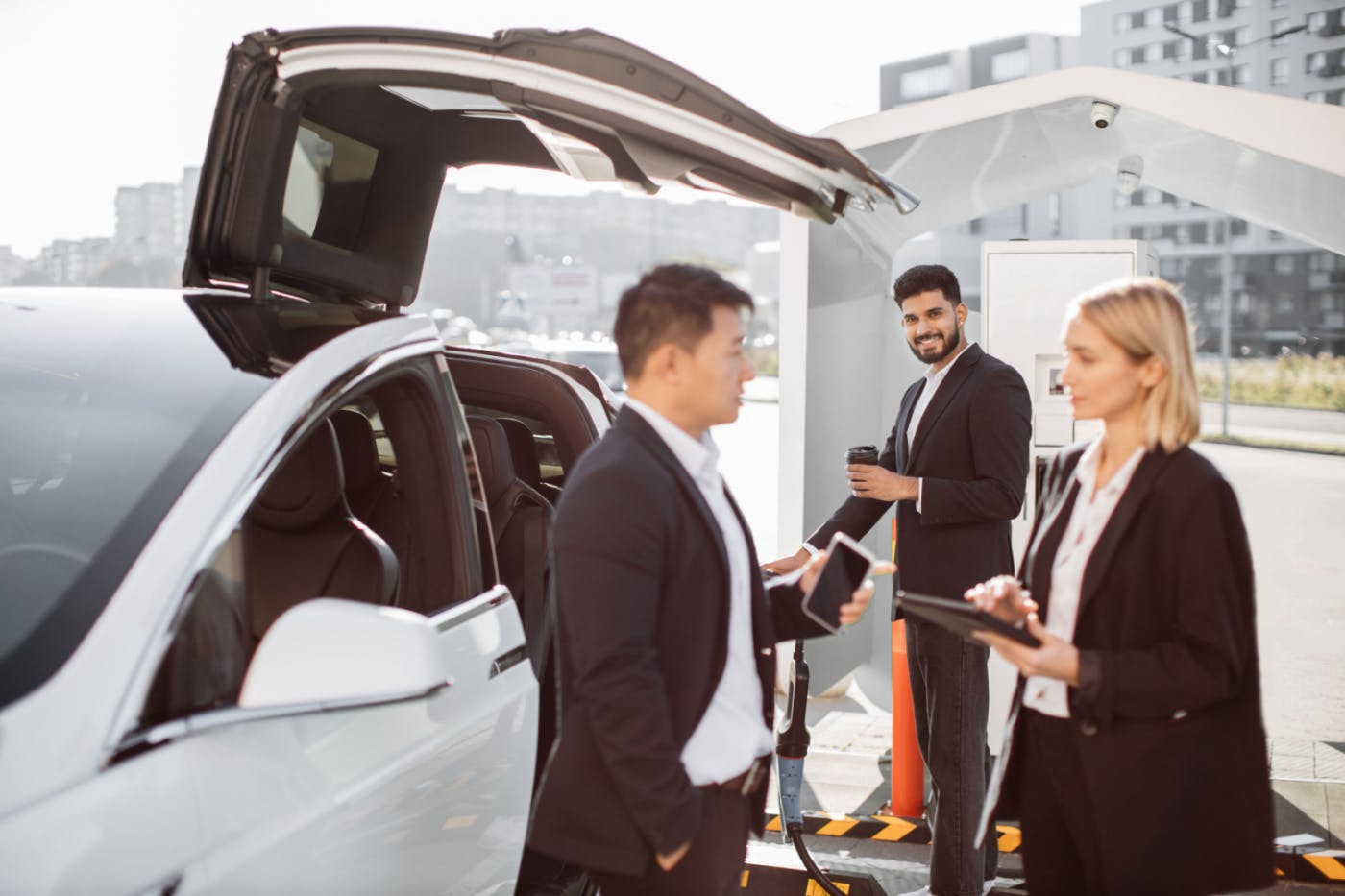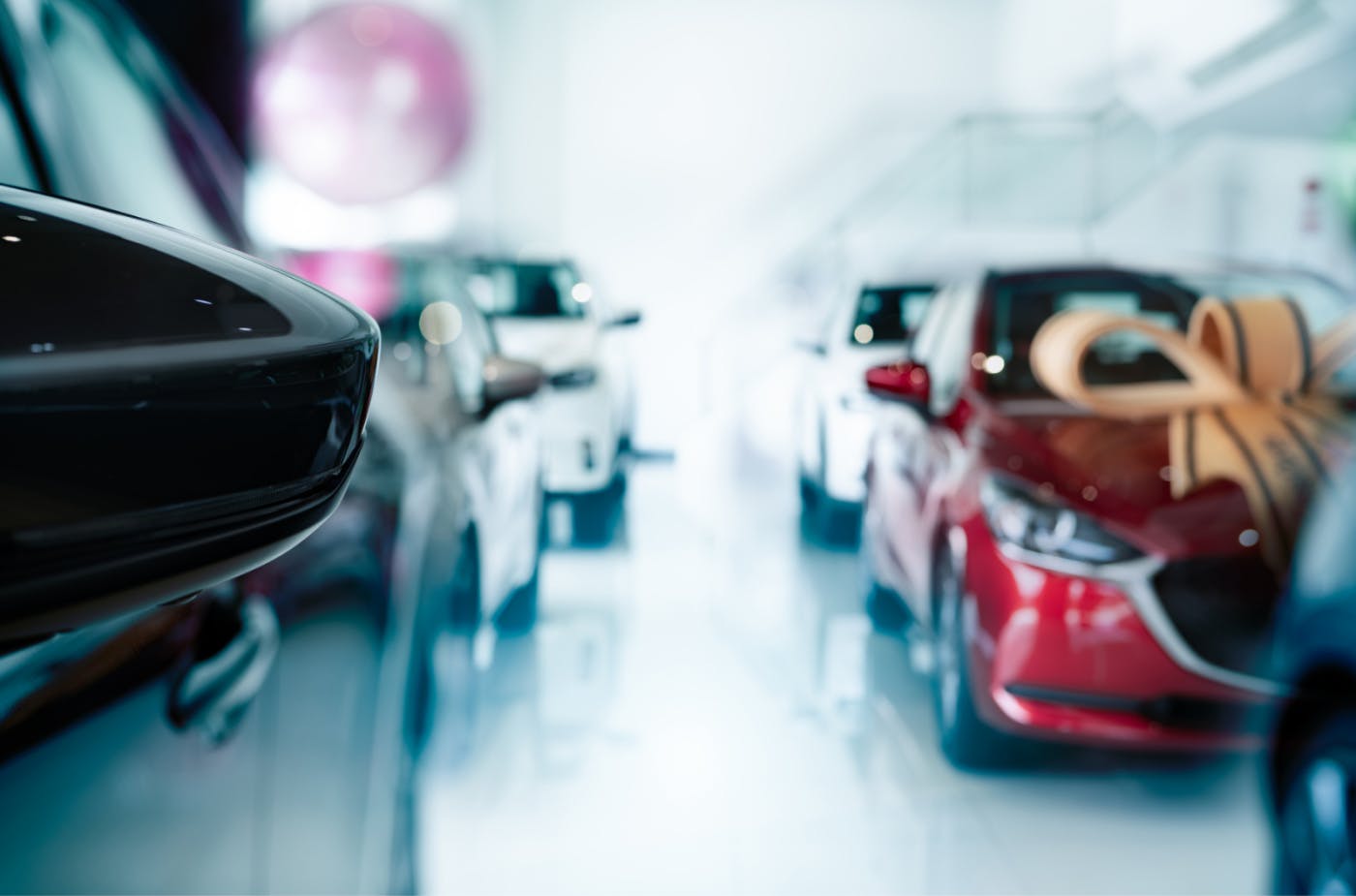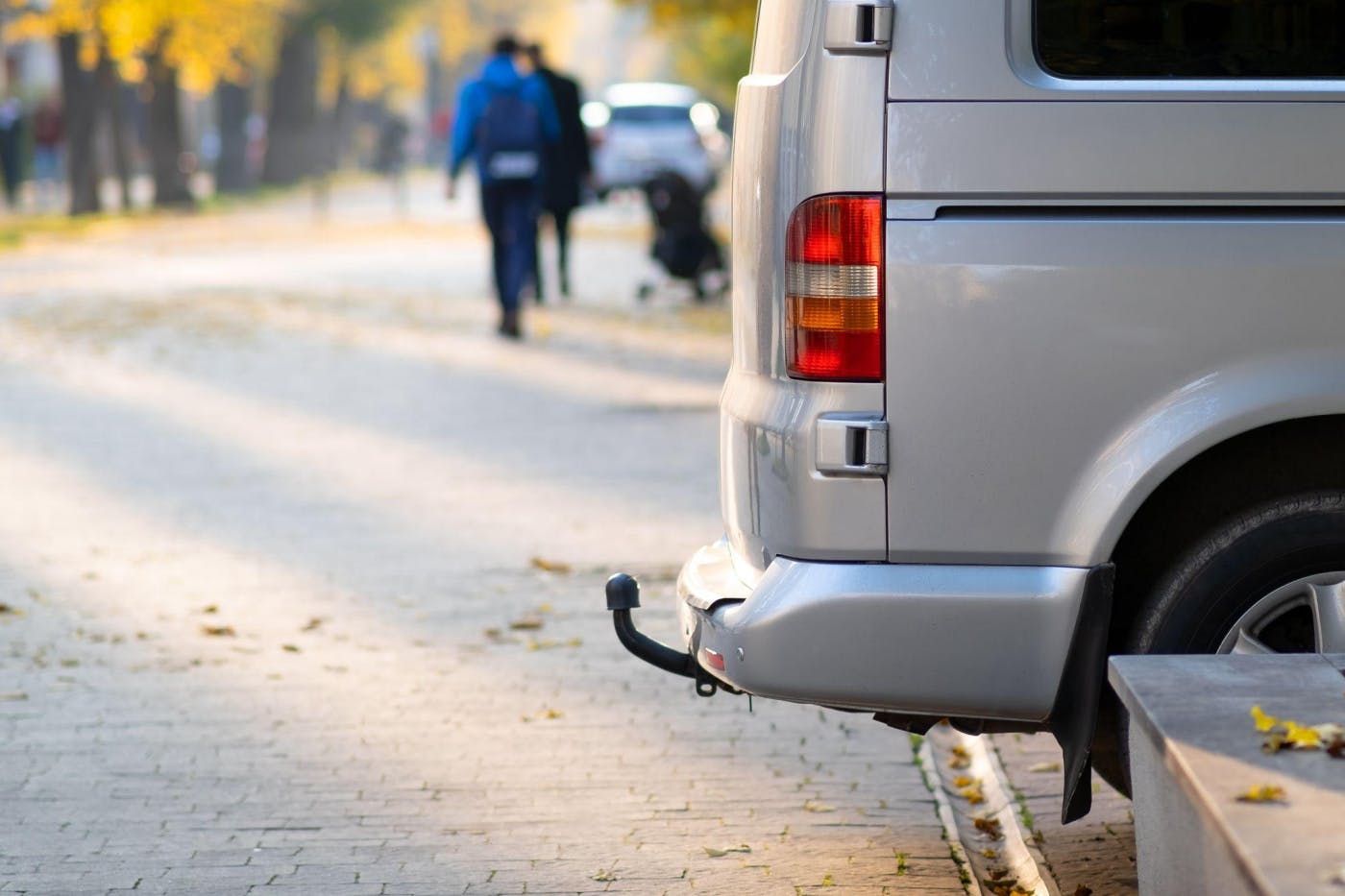The Future of Self-Driving Vehicles in Minnesota

As we venture into the future of transportation, self-driving vehicles are transitioning from science fiction to everyday reality. Nearly every automaker in the country is developing its line of self-driving vehicles. Even tech giants like Google and Amazon are trying to get in on the action.
For many, that’s an appealing future. Plenty of Minnesotans would love to relax and scroll through Instagram or catch up on emails while a self-driving car handles all the stops and turns of a commute. Others have grave concerns about the dangers that self-driving vehicles could pose.
Those concerns are valid, too. Self-driving vehicles raise countless questions about safety and the law. So, before we collectively ditch the steering wheel, consider the ramifications.
Key Takeaways
- Self-driving vehicles are becoming more sophisticated (and common) by the year.
- Self-driving technology raises significant safety concerns and legal questions that must be addressed.
- Minnesota is actively working on legislation to ensure the safe operation and integration of self-driving vehicles on its roads.
Self-Driving Vehicles: How Close Are We?
When people talk about self-driving vehicles, they usually mean fully autonomous vehicles—vehicles that don’t require any input from a driver. (This is also known as a level five autonomous vehicle. More on that below!
So far, this level of autonomy is still only hypothetical, and attempts to reach it have progressed slowly. This cautious approach is partly due to safety concerns from past self-driving car accidents.
But how far have self-driving vehicles come already?
Understanding Autonomous Driving Levels
In a sense, self-driving technology has been around for a long time. Assistive features like adaptive cruise control, electronic stability, and automatic brakes are all considered low-level self-driving tech.
The Society of Automotive Engineers (SAE) defines six levels of autonomous vehicles, numbered 0 to 5, each indicating the degree to which a car is automated:
- Level 0 (No Automation): The human driver performs all driving tasks.
- Level 1 (Driver Assistance): The vehicle features a single automated system for driver assistance, such as steering or accelerating (cruise control is an example).
- Level 2 (Partial Automation): The vehicle offers at least two simultaneous automated functions, like acceleration and steering, but requires human oversight for safe operation.
- Level 3 (Conditional Automation): The vehicle can perform all safety-critical driving functions under certain conditions, but the driver is expected to take over when alerted.
- Level 4 (High Automation): The vehicle can perform all driving functions under certain conditions, and human interaction is not required.
- Level 5 (Full Automation): The vehicle can perform all driving tasks under all conditions without human intervention.
Right now, most new cars operate at level 2. Companies promoting self-driving tech are generally aiming for level 3. A day may come when level 4 and 5 autonomous vehicles are commonplace. But as things stand, that day is still a long way off.
Pros and Cons of Self-Driving Vehicles
As self-driving technology continues to evolve, it brings a mix of potential benefits and challenges that impact drivers, pedestrians, and society at large.
Pros of Self-Driving Vehicles
- Convenience: Possibly the most apparent benefit of self-driving cars is simple convenience. The less you must do to operate your vehicle, the more peaceful your drives can be.
- Better mobility: Self-driving vehicles could provide substantial benefits for those unable to drive due to physical limitations or age, increasing their independence and mobility.
- Traffic reduction: Autonomous cars can optimize driving in terms of speed and routing, potentially reducing traffic congestion and lowering fuel consumption through more efficient driving patterns.
- Economic benefits: Reduced accidents and increased efficiency could lower the costs of automotive travel, including healthcare costs related to accidents and time lost in traffic.
- (possible) Enhanced safety: Autonomous vehicles are designed to reduce human error, which is responsible for a significant percentage of all traffic accidents. By removing factors like distraction, fatigue, and impairment, self-driving cars could potentially lead to safer roads. (Though this point is still hotly debated.)
Cons of Self-Driving Vehicles
- Technical challenges: Despite advancements, the technology is not yet foolproof. Issues such as unexpected road conditions or system malfunctions pose significant hurdles.
- Legal and ethical issues: The shift in liability from drivers to manufacturers creates complex legal challenges. Additionally, ethical dilemmas arise, such as decision-making in unavoidable accident scenarios.
- Privacy concerns: Autonomous vehicles rely heavily on data, raising concerns about privacy and data security. The collection and handling of vast amounts of data pose potential risks for misuse or breach.
- Public acceptance: The transition to autonomous vehicles requires public trust, which can be challenging to achieve following high-profile accidents or failures. Building confidence in the safety and reliability of self-driving cars is essential for widespread adoption.
Liability and Legal Challenges for Autonomous Vehicles in Minnesota

Allowing self-driving cars on Minnesota’s public roadways raises complex legal questions, especially regarding car accident liability.
Typically, car accidents are caused by human errors such as distracted driving or speeding. In those cases, determining negligence can be straightforward. But what if the “driver” is a machine?
In that case, liability would likely extend beyond the driver (if there is one) to include manufacturers, software developers, and potentially other road users. This change will require new legal precedents, many of which have not yet been established.
As things stand, liability depends in part on the level of automation involved. For instance, in vehicles with partial automation (levels 2 and 3), both the human driver and the vehicle's technology share control, complicating liability assessments.
In fully autonomous vehicles (levels 4 and 5), the manufacturer or software developer might be more directly responsible for any failures that lead to accidents. This scenario could turn auto accident claims into product liability lawsuits or a combination of the two.
The Future of Minnesota’s Laws for Self-Driving Cars
Currently, Minnesota has no specific laws governing autonomous vehicles. However, that will likely change soon. Minnesota has already started crafting specific regulations that address the operation and testing of autonomous vehicles.
These laws are crucial for ensuring that the deployment of self-driving cars aligns with public safety standards. For example, new laws might dictate which safety features a vehicle must have or the data privacy standards that manufacturers must follow.
Minnesota is also examining how traditional traffic laws will apply to autonomous vehicles, including:
- Driver responsibility and liability
- Insurance requirements
- Accident reporting
The state's legal system will also have to navigate the nuances of product liability, where defects in software or hardware could lead to accidents, raising questions about who is ultimately at fault.
As the technology progresses and autonomous vehicles become more common, Minnesota must update its legal frameworks to keep pace with new developments. Above all, we hope that Minnesota will introduce clear, fair, and enforceable laws. That way, we can all enjoy the benefits of self-driving technology while keeping our roads safe.
Self-Driving Cars and Strict Liability
As more cars become autonomous, it makes less sense to hold human drivers liable. The best solution would be to follow the legal doctrine of strict liability, which means that manufacturers take full responsibility for crashes when the robot system is driving.
Bus companies, airlines, and train operators already operate under strict liability, as passengers depend entirely on the carrier for safety.
Unfortunately, the pattern by automakers so far has been to blame humans first when there is a crash involving self-driving technologies. Hopefully, this will change as lawmakers introduce new legislation to hold automakers responsible for their autonomous vehicles.
Minnesota Self-Driving Vehicle FAQs

Is it legal to operate a self-driving car in Minnesota?
Yes, operating a self-driving car in Minnesota is legal, provided the vehicle and its operations comply with existing state laws and regulations. Minnesota is proactive in setting up a legal framework that accommodates the safe testing and deployment of autonomous vehicles. These regulations ensure that all self-driving cars meet specific safety and operational standards before they are allowed on public roads.
What happens if a self-driving car breaks traffic laws?
In cases where a self-driving vehicle violates traffic laws, determining responsibility can depend on the level of automation.
- For fully autonomous vehicles (Level 5), the manufacturer or software provider might be held accountable. Again, this is hypothetical, as all autonomous vehicles today still require a driver at the wheel.
- For vehicles requiring some human control, the person behind the wheel might still be responsible for ensuring the vehicle adheres to traffic laws.
Can a driver be charged with DUI in a self-driving car?
The answer depends on the vehicle's level of autonomy. In semi-autonomous vehicles (Levels 2 or 3), where the driver is expected to take control when necessary, the driver could potentially be charged with DUI. For fully autonomous vehicles, legal frameworks are still developing.
How do insurance companies cover self-driving vehicles?
Insurance companies are beginning to develop policies specifically for autonomous vehicles, which might cover unique aspects like software malfunctions or cyber threats in addition to standard vehicle coverage. The industry is still adapting, and policies vary widely depending on the insurer.
Are self-driving cars safer?
By taking human error out of the driving equation, self-driving cars could potentially be safer than standard cars with drivers. However, there are still valid concerns about the safety, regulatory, and legal issues caused by autonomous vehicles.
What should I do if I'm involved in an accident with a self-driving car?
Following an accident with a self-driving car, you should:
- Make sure you and others are safe
- Contact the police to report the accident
- Document the scene as thoroughly as possible, including taking photos
- Speak to any witnesses and ask for their contact information
- Seek medical attention as soon as possible
- Report the accident to your insurance provider
- Talk to a car accident attorney, ideally one that has experience with accidents involving self-driving vehicles
Are there specific laws in Minnesota for operating a fully autonomous vehicle?
Laws around owning and operating fully autonomous vehicles are still being developed. Minnesota is actively working on legislation that ensures these vehicles meet safety and operational standards before they hit the road. Owners may need to comply with specific registration, inspection, and insurance requirements.
Get Help from the SiebenCarey Team!
If you are injured in a car accident, Minnesota gives you the right to pursue fair compensation – and we can help you get it!
SiebenCarey is the ONLY Minnesota law firm with a 70-year legacy of helping car accident victims get the compensation they need. When you choose SiebenCarey to represent your case, you’ll get the full benefit of:
- Decades of proven success
- Extensive legal resources
- An experienced team of lawyers, paralegals, and accident scene investigators
- The “Know Your Rights” guarantee of genuine care and clear communication
And, of course, we always work on a contingency fee basis. That means you won’t owe us anything unless we win your case.
Schedule a free consultation, and we’ll happily answer all your questions!













